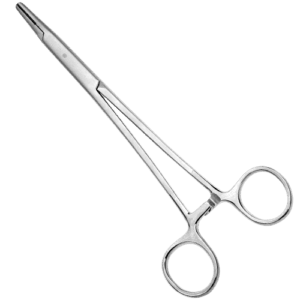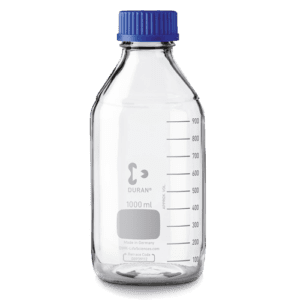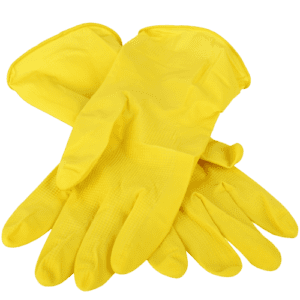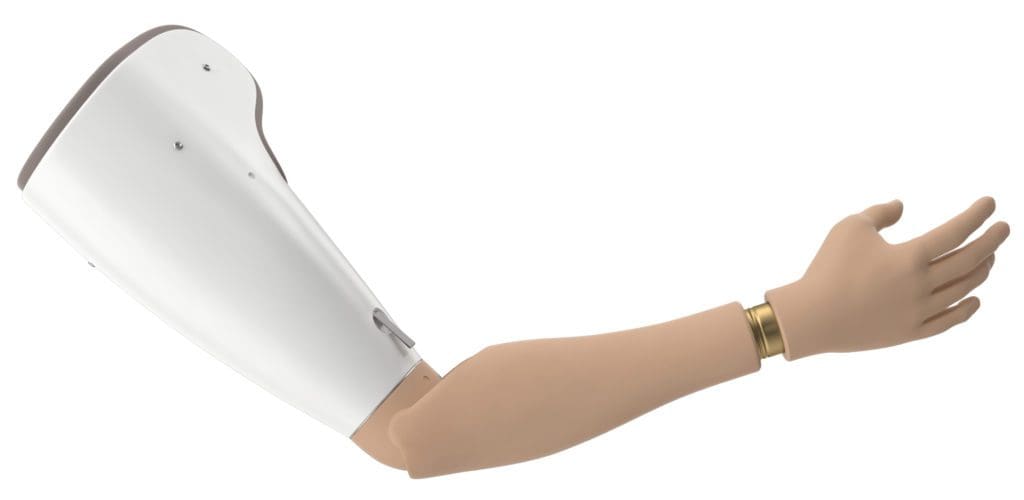Ensuring that your autoclave is well-suited for the load types you need to sterilize is an important part of the autoclave selection process. Priorclave will help you find the right model and customize it to meet your exact specifications.
The most common load types include media, instruments, liquids, wastes, porous loads, substrate, and glassware.
Instruments Sterilizers
Our autoclaves are often used in veterinary and livestock settings, where proper instrument sterilization is crucial. The time and the actual process of instrument sterilization depends on if the instruments are wrapped (i.e. container) or unwrapped (i.e. apparatus). Benchtop autoclaves are perfect for sterilizing instruments like safety equipment, funnels, droppers, etc. Originally these smaller autoclaves were created for dental offices and clinics alike and were not fully customizable. However, our sterilizers are laboratory-grade and created to any desired specification with many customizable features to fit your laboratory needs. These features can include load sensed process timing, pulsed free-steaming, combined pre-cycle vacuum, and vacuum cooling.
Liquids Sterilizers
Sterilizing liquids is one of the most challenging tasks to complete in a laboratory setting. The process is much longer and also requires a much more delicate approach than sterilizing a solid. When there is an ability to regulate temperature and cycle adjustment, the sterilization of liquids is more efficient and precise. The “boil over effect” is one such problem which can occur when an autoclave does not have the appropriate settings (human error) or operates inconsistently (autoclave error). In a market filled with autoclaves, it is crucial to understand your company’s criteria and choose the autoclave that will fit that bill. However, reliability is one crucial criteria necessary for all companies to avoid mishaps that come with sterilizing liquids.
Porous Load Sterilizers
Porous load sterilizers don’t just sterilize porous objects, but can be helpful with hard goods as well. For example, narrow-mouthed containers can capture pockets of cold air which prevent the sterilization from fully taking effect. Porous objects that may need to be sterilized in a lab can consist of garments, stoppers, tubing, and anything contained in steam- and air- permeable wrappings. Autoclaves capable of this have what is known in the industry as “pre-vac” cycles. These are outfitted with a vacuum pump which gives you the option of drawing a partial vacuum in the chamber during the initial heating period, which occurs while the chamber is being flooded with steam. We offer this as part of our autoclave options and have the ability to customize your autoclave for the items you are sterilizing.
Glassware Sterilizers
The most common item in a laboratory environment is glassware. This category includes pipettes, volumetric flasks, glass funnels, beakers, test tubes, graduated cylinders, watch glasses, and more. To ensure the proper sterilization, it is vital to have the right size autoclave as well as the necessary features (i.e. gravity cycles). Glassware, when presented with extreme heat or cold, can become inherently destabilized. With safety being of the utmost importance in a lab and specifically when sterilizing, drying, or placing, the absolute worst case scenario is having glassware break while in the autoclave chamber. Preventing a mishap such as this is precisely where having a research grade autoclave and Priorclave’s customization options and accessories pays off.
Prosthetics Sterilizers
Prosthetics and medical devices need to undergo accelerated aging or life cycle tests in order to simulate the passing of time before these products are made available to patients. As a result, biomedical research and development labs rely heavily on dependable and efficient autoclaves. Our research-grade sterilizers are optimized for daily prototyping and durability testing, subjecting your prototypes to the same stress and strain as an FDA-approved medical-grade sterilizer – but without the high costs of maintenance and operation.







